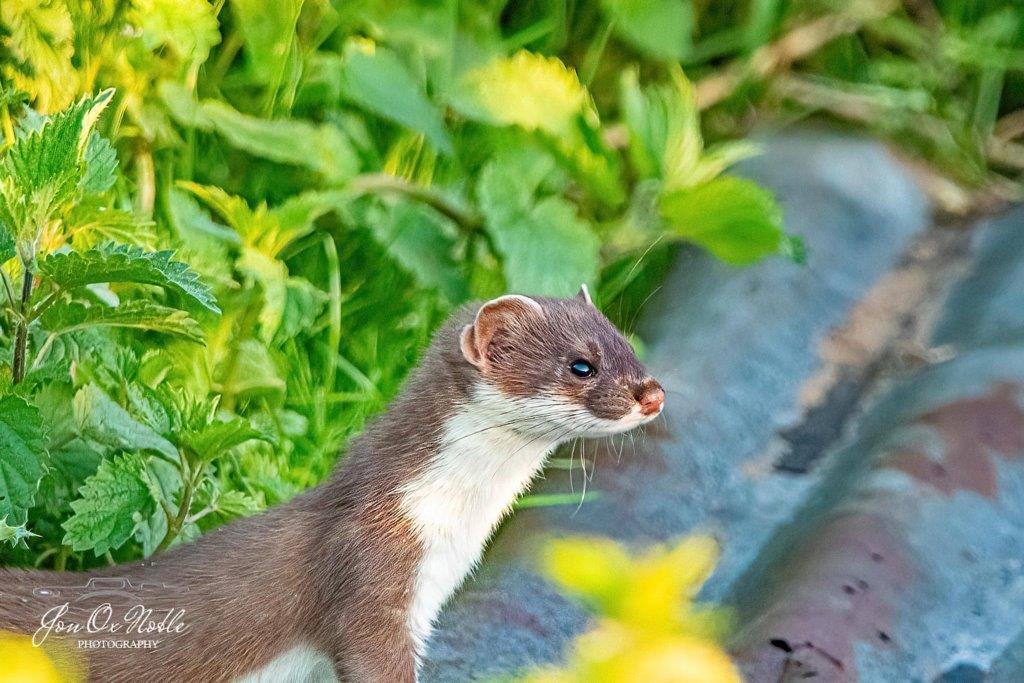
Saturday mid-morning in late November – daughter Sophie and I set off from a deserted Cold Kirby heading along the Cleveland Way towards Rievaulx on a dry but overcast and heavy-under-foot 9.5 miler, enjoying each other’s company and Baggy’s, the beautiful black labrador who revels in the adventure of new territory. His unadulterated joy for life is inspirationally contagious.
On the Friday evening I had been out of sorts, thrown slightly in the way old people are by a late change in plans. I know to fight that ‘set in your ways’ syndrome and to embrace spontaneity. I quickly adjusted.
Leaving a legacy
Walking begets talking – an observation worthy of another blogpost – and we did, covering so many topics including, without any mawkishness, the important subject of death and preparation for it. It gave me scope to talk about legacy, about being happy to melt back to dust on the one hand, and accept at some point, though not now, that the time will come to do just that. But at the same time I acknowledged the desire to leave a mark, to hope that there might remain some kind of legacy – to affirm that once upon a time I was here and hopefully made a difference, however small.
Nonchalance personified
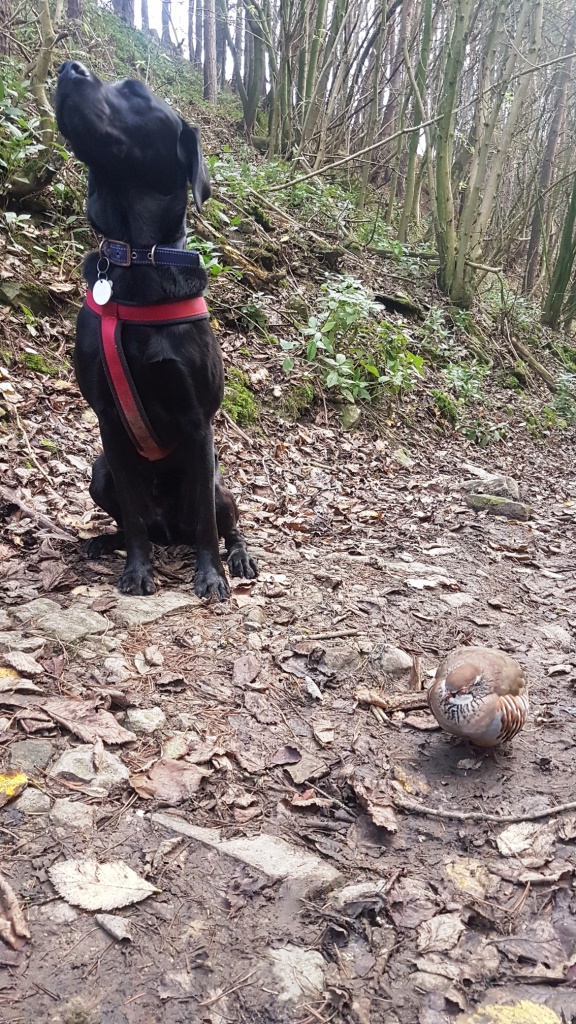 We met only seven people on our four hour expedition, albeit two of them twice. Later though, at the end of our walk as we drove away towards the visitor centre at Sutton Bank, the road teemed with folk – families mostly whose ambitions stretched no further than a mile from base.
We met only seven people on our four hour expedition, albeit two of them twice. Later though, at the end of our walk as we drove away towards the visitor centre at Sutton Bank, the road teemed with folk – families mostly whose ambitions stretched no further than a mile from base.
Early in our adventure we encountered a red legged partridge, sitting like a small boulder on the clay mud track. Baggy, adept at chasing distant pheasant, less good at catching them, sniffed but decided against killing. He tried to look nonchalant as we approached it while he stood guard. It was the first of several injured birds, both partridge and pheasant, the collateral damage of the previous day’s shooting party, left to die a slow lingering death or be savaged by night time foxes. It was shocking to think of the ignorant disregard of these so-called ‘sportsmen’, incapable of shooting accurately enough to kill and utterly careless of the result of their failure.
The Chase
Six miles in, beyond Rievaulx, having passed through a remote and ramshackle farm complex, we watched as a stoat chased down a rabbit, a long pursuit but one always with only one inevitable outcome.
They raced into the next field from which we were separated only by a sparse and timeless gnarled hawthorn hedge and rotting wooden fence. We witnessed the stoat tumble its victim to a halt, listened to the rabbit’s high pitched squeals as the predator bit into its neck, watched the interminable twitches and desperate yet increasingly forlorn efforts as the rabbit tried to escape, its very life dependent on it. A dozen or so sheep and three geese looked on attentively from a distance, like spectators at a cross country event or a car crash, until at last the rabbit lay still and the stoat stood upright, baring its white chest and flicking its long black-tinged tail in self-satisfied triumph.
The sheep lost interest and turned away. We stayed briefly to see the stoat, a third the size of its prey, try to drag the rabbit from the open ground in which it had met its fate.
In the moment
We were cold, from the stillness I think, but perhaps also from the moment. And as we turned away to continue our walk, contouring the hillside above the stream, beneath the trees to our left we watched in awe as two young deer, uncharacteristically dark, bound silently and effortlessly over the border fence and into the welcoming safety of the sparse November woods.
Baggy, nonplussed by the spectacle, resumed his futile efforts to catch distant pheasant, looking slightly embarrassed after each failed foray as he trotted back to us across wet sloping fields.
For more posts about the North Yorkshire Moors click here .
*
Some interesting facts…
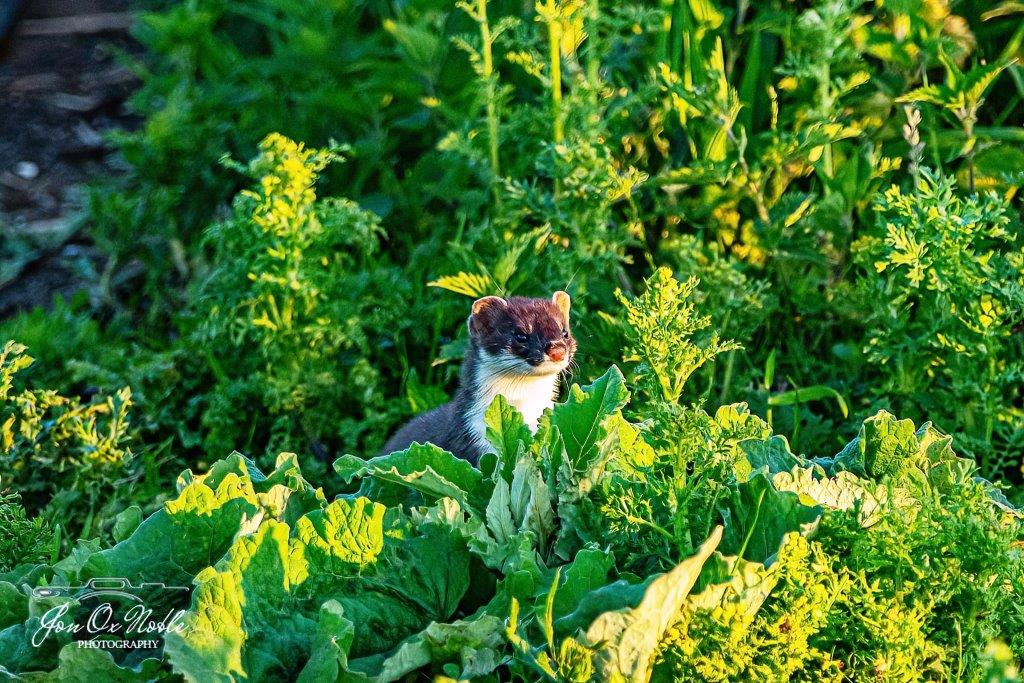
Stoats and weasels are found throughout mainland Britain. However, Ireland is solely home to stoats where, just to confuse matters, it is often called a weasel. Both species live in woodland and most other habitats provided there is sufficient cover to hide in and plenty of rabbits, rodents and birds to eat.
A preference for hunting rabbits means you are perhaps more likely to spot a stoat in the open. But, like weasels, they spend most of their time under cover to avoid larger predators such as foxes and birds of prey.
To see how to tell the difference between stoats and weasels, click here.
For more about stoats, click here.
…and some shocking statistics
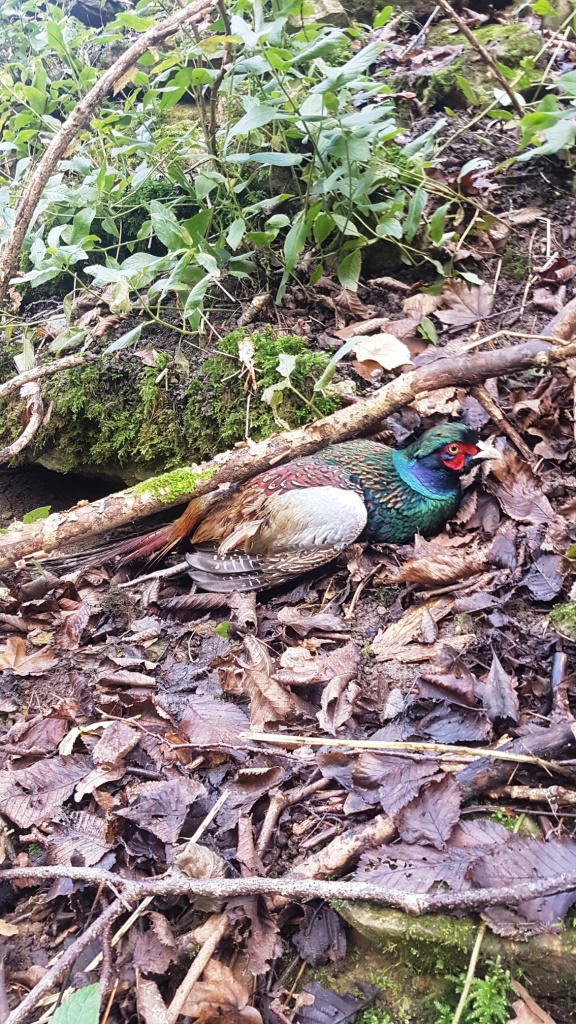 Up to 146,000 pheasants, 5,300 red grouse and 38,300 red-legged partridges are shot every day in the UK, during their respective hunting seasons.
Up to 146,000 pheasants, 5,300 red grouse and 38,300 red-legged partridges are shot every day in the UK, during their respective hunting seasons.
With so many guns shooting quickly at so many birds, wounding is common. According to a 2015 shooting industry survey, 76% of shooters were unable to accurately gauge distance, with 10% thinking the target was twice as far away. This inability to judge distances results in up to 40% of birds being wounded, rather than killed outright, according to a former training officer at the British Association for Shooting and Conservation. Many are left to die slowly when they are not retrieved by people or dogs.
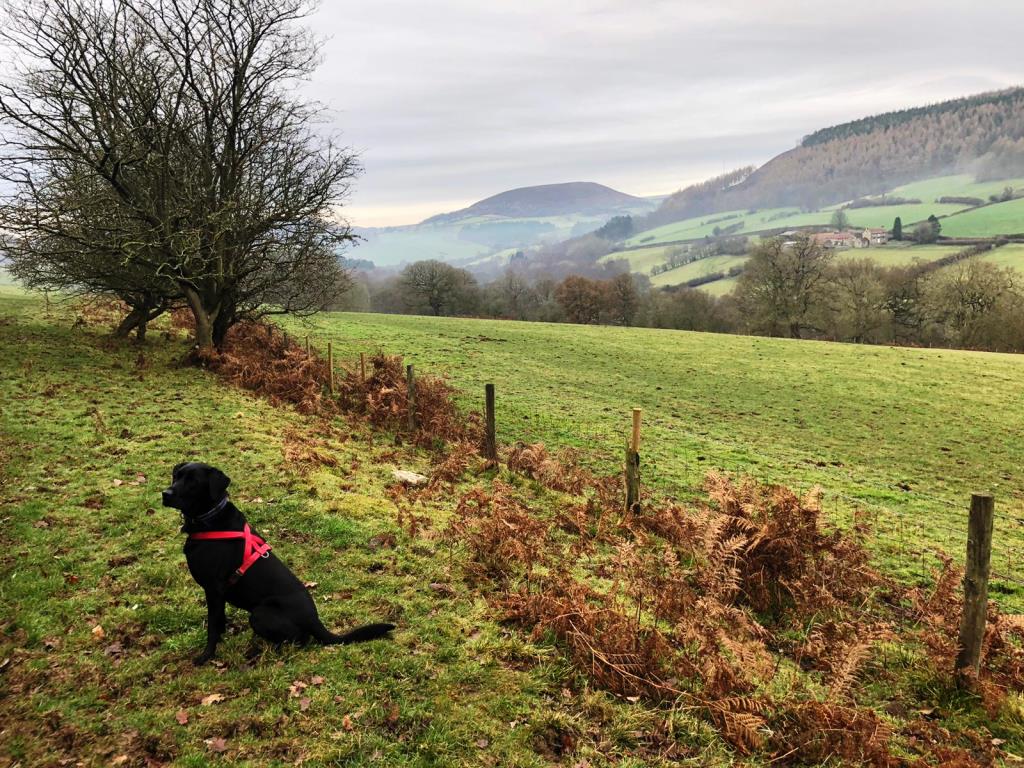
Interesting read! It’s concerning that you’ve come across this as all shooting has been stopped since the start of November, so whoever was out – was doing so illegally.
Predator control is still going ahead but clearly doesn’t involve pheasants. I would hope any shoot you’ve walked through would have sense not to be letting ‘so called sportsmen’ get away with leaving injured birds – it is what entire teams of picker ups are for, to prevent exactly this. (Along with the beaters, flankers and any gun with his own dog or who is happy to walk a couple of extra steps)
It’s disheartening to read you’ve walked through this scene, most shoots run a day with precision and care, but unfortunately some don’t.
Sounds to me like you’ve stumbled upon some poaching rather than the month old remnants of a well managed and well run shoot day.
Baggy, beautiful as always.
Amanda – glad you found the post interesting. Thanks for taking the time to read it and thanks too for taking time to post your comments – really helpful. As you will have realised, I’m no expert in country matters but was shocked by what I saw and the statistics I subsequently unearthed. I’m glad to hear that many shoots take a more responsible approach to animal welfare.
And yes – Baggy is always such good company whose joy for life knows no bounds!